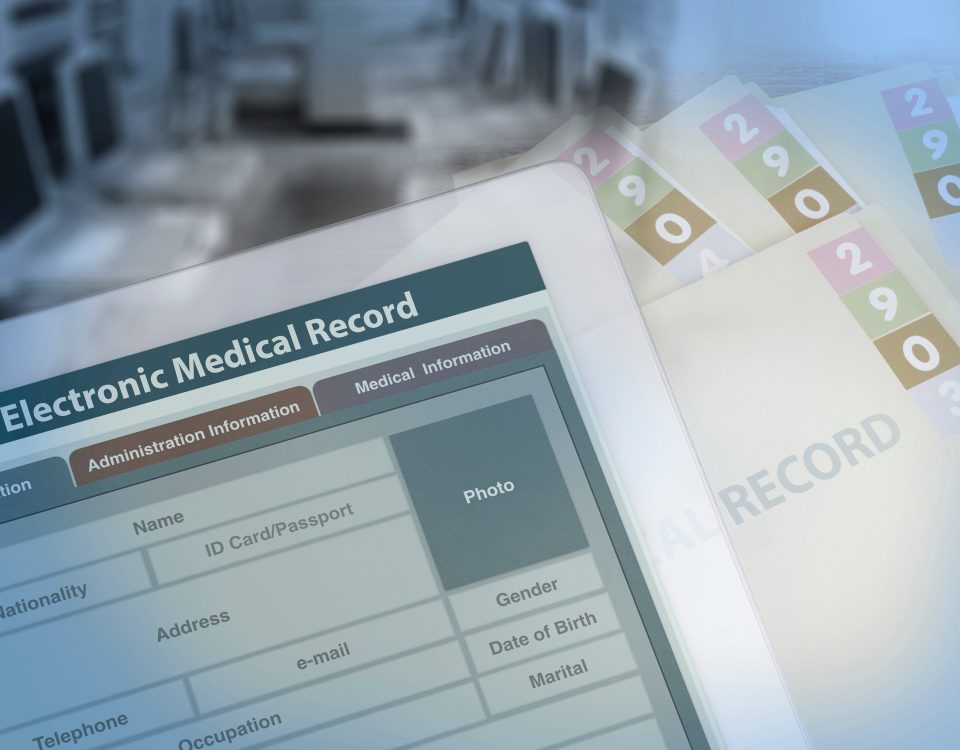- Home
- About Us
- EMR Features
-
-
- EMR Features
-
- Patient Health Features
-
- Clinic Features
-
-
- Specialties
-
- Blog
- Contact Us
Choosing OHIP Billing Software for Multi-Provider Clinics in Ontario

Ontario’s healthcare environment is dynamic, with multi-provider clinics facing a unique set of challenges. Coordinating care across various specialties, managing a growing roster of practitioners, and keeping pace with ever-evolving billing requirements demand more than just basic administrative tools. For clinics aiming to optimize efficiency and accuracy, the right OHIP billing software becomes an indispensable part of daily operations.
As OHIP in Ontario continues to refine billing regulations and expectations, clinics require solutions that not only streamline claim submissions but also minimize errors, speed up reimbursements, and support compliance. The right OHIP medical billing platform can transform administrative workflows, reduce the risk of missed revenue, and allow clinical teams to focus on patient care rather than paperwork.
1. Understanding the OHIP Billing Landscape in Ontario
OHIP in Ontario operates a code-based billing system that is highly specific and subject to frequent updates. Every service, procedure, and consultation must be precisely coded according to the Ontario Schedule of Benefits (SOB), with modifiers for patient age, diagnosis, and time spent factored in. Even minor inaccuracies can lead to rejected claims or underpayments, making accuracy and up-to-date knowledge vital for clinics.
Before claims can be submitted, providers must register with OHIP and obtain a billing number, connecting their services directly to the ministry’s processing system. Ontario clinics may operate under different compensation models, such as fee-for-service (FFS) or alternative payment plans (APPs), each with its own billing nuances. Routine audits by the Ministry of Health further emphasize the need for meticulous documentation and compliance with OHIP medical billing protocols.
2. Key Features to Look for in OHIP Billing Software
Selecting the right OHIP billing software is a strategic decision for multi-provider clinics. The ideal solution should offer:
- Automated Claim Submissions: Streamlining the process and reducing manual data entry.
- Real-Time Error Detection: Identifying coding errors or eligibility issues before submission to minimize rejections.
- Comprehensive Reporting: Offering insights into revenue cycles, claim status, and financial performance.
- Multi-Provider Support: Enabling seamless management across different practitioners, specialties, and locations.
- Mobile and Cloud Access: Allowing billing tasks to be completed securely from any device, whether at the clinic, hospital, or on rounds.
- Code Lookup and Updates: Ensuring access to the latest OHIP codes and fee schedule changes, with quick keyword search and favorites for commonly used codes.
- Integration Capabilities: Connecting with EMR systems and other practice management tools for a unified workflow.
A user-friendly interface and customizable templates further enhance productivity, while compliance tracking and audit trails support regulatory requirements.
3. Why EMR Integration Matters in Billing Efficiency
Efficient billing is no longer just about submitting claims—it’s about integrating clinical and administrative data for accuracy and speed. EMR integration with OHIP billing software enables:
- Seamless Data Exchange: Patient information, diagnoses, and treatment details flow directly from the EMR to the billing system, reducing duplication and manual entry.
- Automated Coding: Billing codes are captured during clinical documentation, minimizing errors and missed premiums.
- Faster Reimbursements: Claims can be generated and submitted almost instantly after a visit, expediting payment cycles.
- Enhanced Compliance: Integrated systems support detailed documentation, which is critical during audits and for defending billed services.
- Improved Transparency: All departments—from billing to lab and radiology—access the same up-to-date information, supporting coordinated care and financial management.
For clinics with multiple providers, EMR integration is essential for scaling operations and maintaining billing accuracy as patient volumes grow.
Also read: https://alembicoemr.com/why-is-transparent-ohip-billing-crucial-for-patient-trust-and-satisfaction/
4. How to Ensure Scalability for Growing Provider Teams
Growth brings opportunity but also complexity. As clinics expand, scalable OHIP billing software becomes critical. Key considerations include:
- Flexible User Management: Adding new providers, specialties, or locations should be straightforward, with granular access controls and role-based permissions.
- Automation of Repetitive Tasks: Automating claims processing, eligibility verification, and denial management reduces administrative burden and supports higher volumes.
- Customizable Workflows: The software should adapt to changing business models, new services, and evolving regulatory requirements.
- Cloud-Based Infrastructure: Cloud solutions offer agility, enabling clinics to scale up or down without major IT investments.
- Robust Reporting and Analytics: Real-time dashboards and analytics help clinics monitor performance and adjust strategies as needed.
Scalable OHIP medical billing solutions empower clinics to handle increased workloads without sacrificing accuracy or compliance.
5. Compliance and Data Security for Ontario Clinics
Protecting patient data and maintaining compliance with OHIP regulations is non-negotiable. Leading OHIP billing software should provide:
- End-to-End Encryption: Safeguarding data during transmission and storage.
- Role-Based Access Controls: Limiting data access to authorized users only.
- Audit Trails: Tracking every change or access to sensitive information for accountability.
- Regular Security Updates: Staying ahead of threats with timely patches and upgrades.
- Compliance Certifications: Adhering to provincial and federal privacy standards, such as PHIPA and SOC 2 Type 2 audits.
- Incident Response Support: Immediate assistance in the event of a data breach or security threat.
Ontario clinics benefit from software vendors who provide ongoing training, risk assessments, and proactive support to ensure data integrity.
6. Choosing the Right OHIP Billing Partner for Ongoing Support
The relationship with an OHIP billing software provider extends beyond the initial purchase. Clinics should prioritize partners who offer:
- Responsive Technical Support: Accessible help desks and knowledgeable staff to resolve issues quickly.
- Continuous Training: Regular updates and educational resources to keep teams informed about new features and regulatory changes.
- Proactive Compliance Guidance: Assistance with audits, documentation, and adapting to new OHIP requirements in Ontario.
- Community and Peer Reviews: Positive testimonials from other Ontario clinics regarding reliability, user experience, and customer service.
A strong partnership ensures that as the clinic’s needs evolve, the software and support keep pace, minimizing disruptions and maximizing value.
Moving Forward with Confidence: The Alembico EMR Advantage
Navigating the complexities of OHIP medical billing in Ontario requires more than just software—it demands a strategic partner committed to the clinic’s success. Alembico EMR stands out by offering robust OHIP billing software designed specifically for multi-provider environments. With seamless EMR integration, scalable features, and a relentless focus on compliance and data security, Alembico EMR empowers clinics to streamline operations and focus on what matters most: delivering exceptional patient care.
Ready to transform clinic billing processes and support ongoing growth? Connect with Alembico EMR today to learn how the right OHIP billing software can make all the difference.
Tags: Ohip Billing Software, OHIP in Ontario, OHIP medical billing


